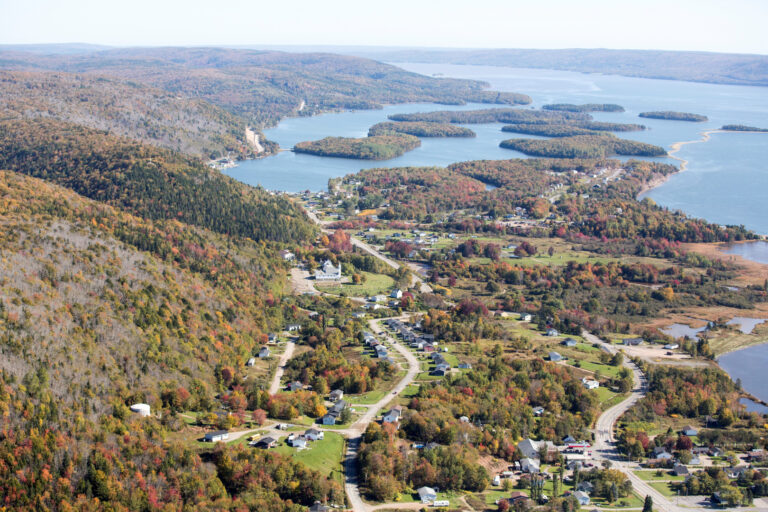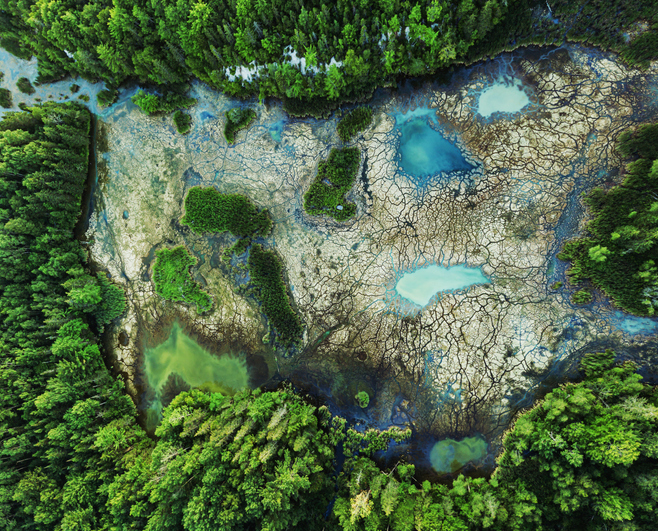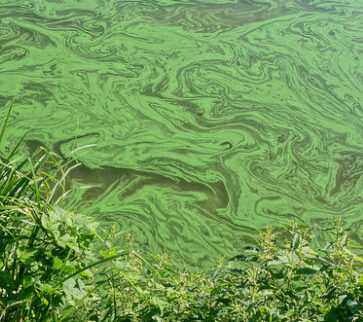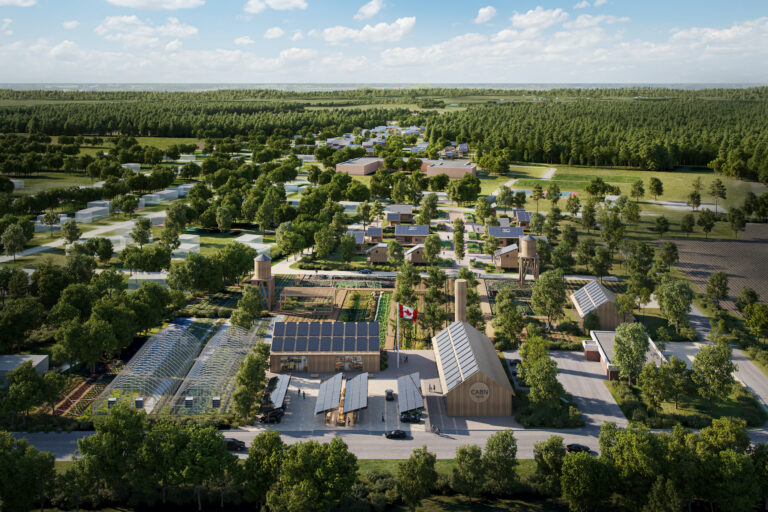Thursday, July 3, 2025
As we go into the Thanksgiving weekend, Canadians can be grateful that progress has been made in ending water advisories and ensuring access to safe, clean drinking water. The Government of Canada announced that as of October 4, 2019, water advisories in 87 First Nations communities have been lifted.
However, there are still several water advisories in effect. The government is working with First Nations communities to improve water infrastructure on reserves, end long-term drinking water advisories of a year or more on public systems on reserves and prevent short-term advisories from becoming long-term.
In August 2019, Minister of Indigenous Services Seamus O’Regan provided the department’s monthly progress update on the government’s commitment to end long-term drinking water advisories.
“For the last three years we’ve worked non-stop with our Indigenous partners and invested the necessary resources to deliver on our commitment to clean, reliable drinking water for First Nations across the country,” said O’Regan. “Our commitment to removing every long-term drinking water advisory on public systems on reserves is unwavering and has resulted in 87 long-term drinking water advisories being lifted and safe, clean water delivered to the impacted communities. Preventing short-term advisories from becoming long-term is an essential part of our goal to eliminate all long-term drinking water advisories on reserves. There are 56 long-term drinking water advisories that remain, and we’ll continue to work in partnership with First Nations to address water issues in communities and ensure clean water is restored those residents.”
Ending a drinking water advisory is often complex, spanning multiple phases. Completion of a new water treatment system can take three to four years on average to complete.

Actions to resolve a water or wastewater issue can include:
- feasibility studies
- new system design work
- interim repairs on existing systems
- permanent repairs to existing infrastructure
- construction of new infrastructure
- improved training and monitoring

For further information on water advisories and a map of the various communities affected, click here
For further coverage on these issues in Water Canada magazine, click here











